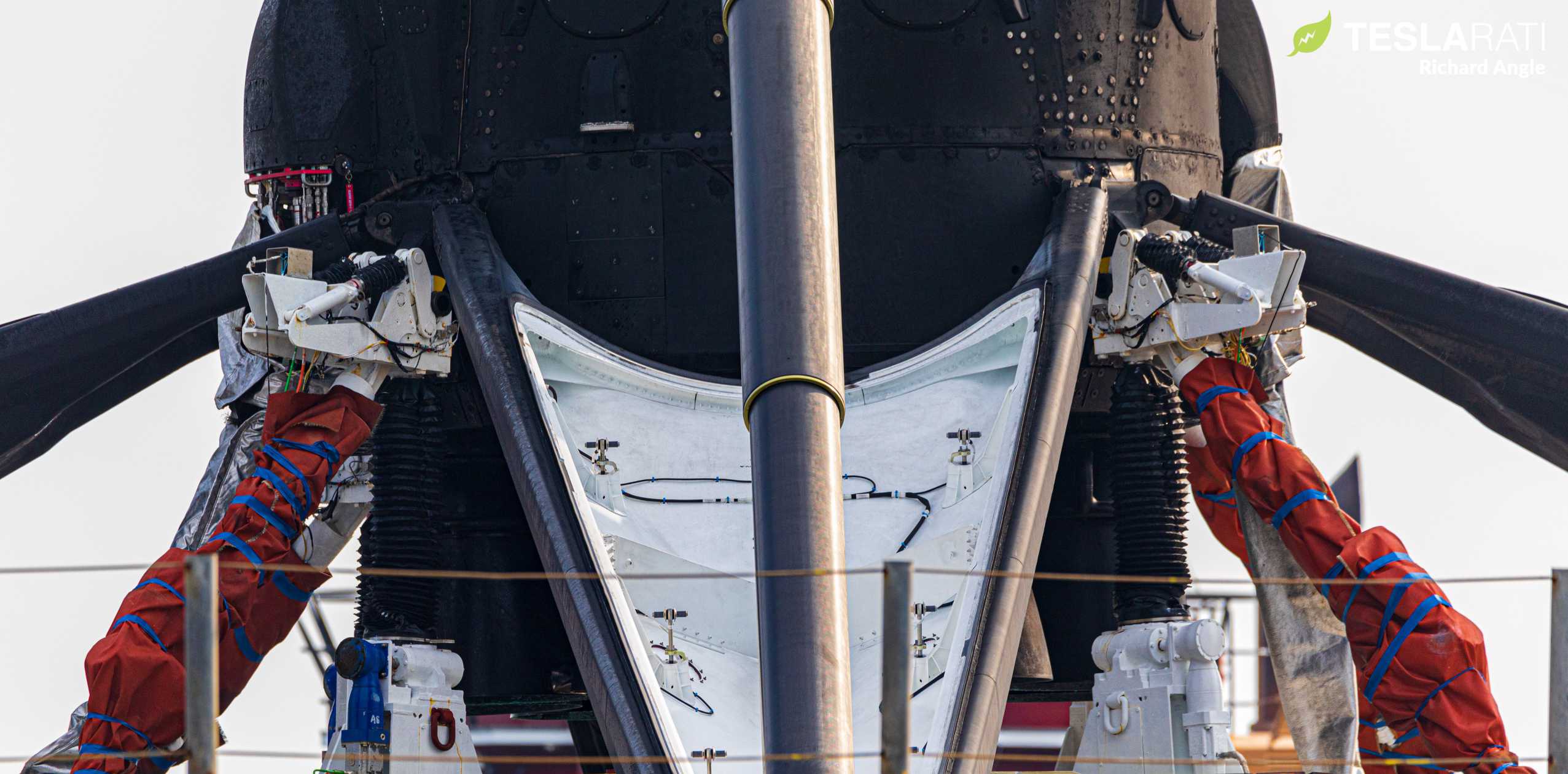
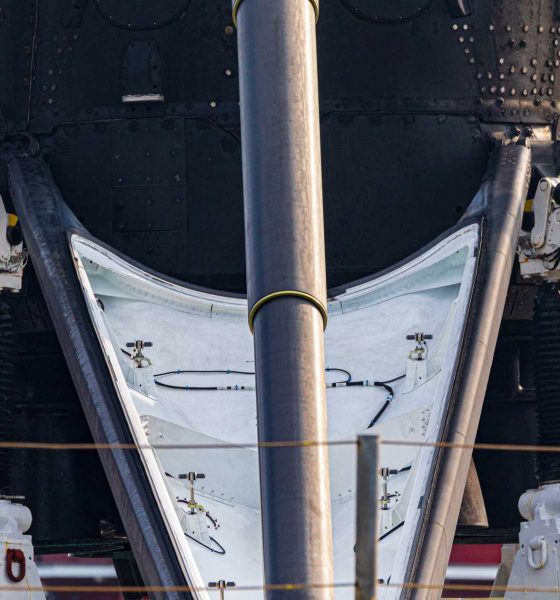
News
SpaceX retracts latest rocket’s landing legs in impressive feat of durability
A SpaceX Falcon 9 booster had all four of its landing legs successfully retracted after a flawless fourth launch and landing, highlighting the impressive margins and durability of the rocket’s upgraded Block 5 design.
On April 22nd, Falcon 9 booster B1051 lifted off on its fourth orbital-class mission – also its second 60-satellite Starlink launch this. Around eight minutes later, B1051 successfully landed aboard drone ship Of Course I Still Love You (OCISLY), ending a back-to-back streak of failed ocean recoveries for SpaceX and verifying that the cause of a March 2020 in-flight engine failure had been rectified. After the loss of booster B1056 and B1048 in February and March, it was also simply a relief to have B1051 safe and sound aboard OCISLY, ensuring that the rocket should be able to support another launch in the near future.
After sailing in port on April 26th, SpaceX technicians lifted a booster off of drone ship OCISLY’s deck for the first time since late January – coincidentally (or maybe not) also Falcon 9 B1051. Two days after its arrival in port and transfer onto dry land, SpaceX successfully retracted all of the massive booster’s landing legs in less than three hours and had it ready for transport less than two hours after that. While B1051’s brisk fourth recovery didn’t break any records, it still serves as a reminder of Falcon 9’s impressive durability in light of the landing it experienced just ~85 days prior.
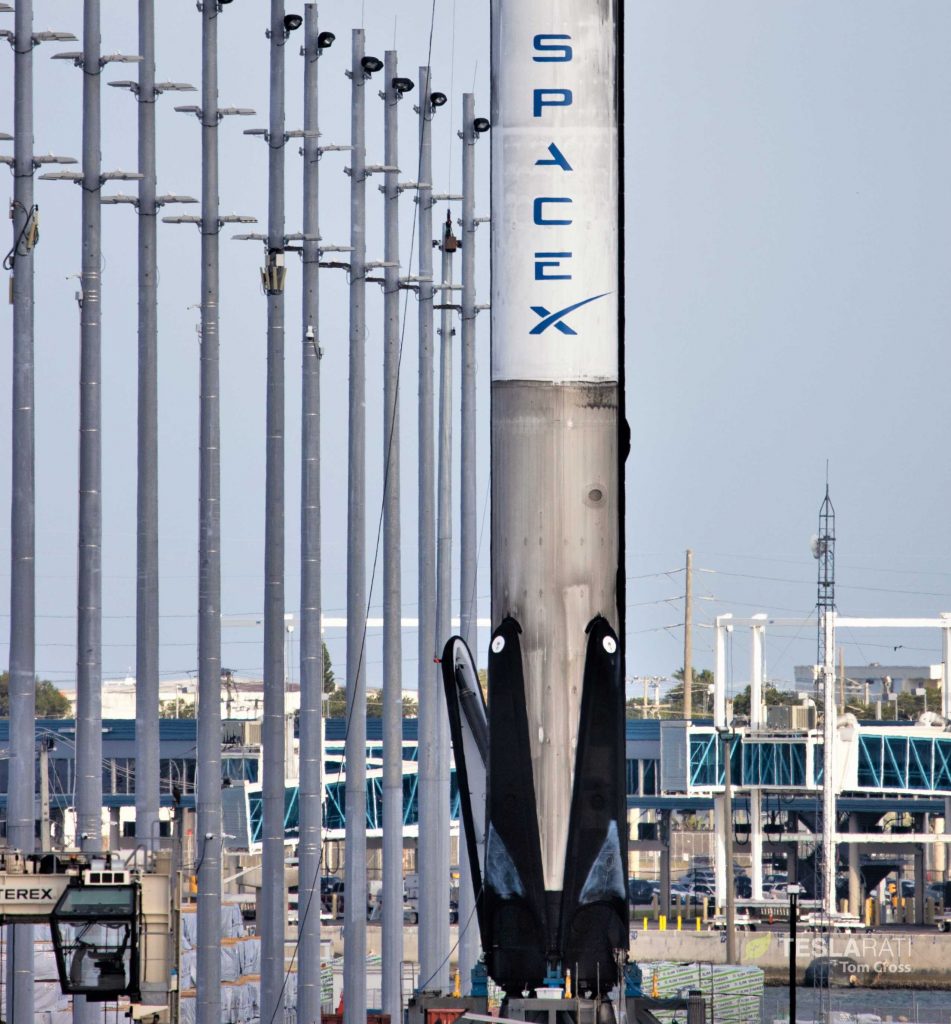
B1051’s successful leg retraction after its fourth launch and landing is particularly impressive for one main reason: after its third launch, the booster suffered perhaps the hardest drone ship landing any Block 5 rocket has thus far experienced.
Taken in March 2019 and February 2020 after Falcon 9 B1051’s first and third launches and landings, the photo below reveals just how hard a landing B1051 experienced after its Starlink-4 launch. Built almost entirely out of carbon fiber composites and mounted directly to the rocket’s tank walls, Falcon’s telescoping landing legs rely on something known as a ‘crush core’ – made out of aluminum honeycomb – that’s designed to intentionally collapse under a very specific amount of stress.
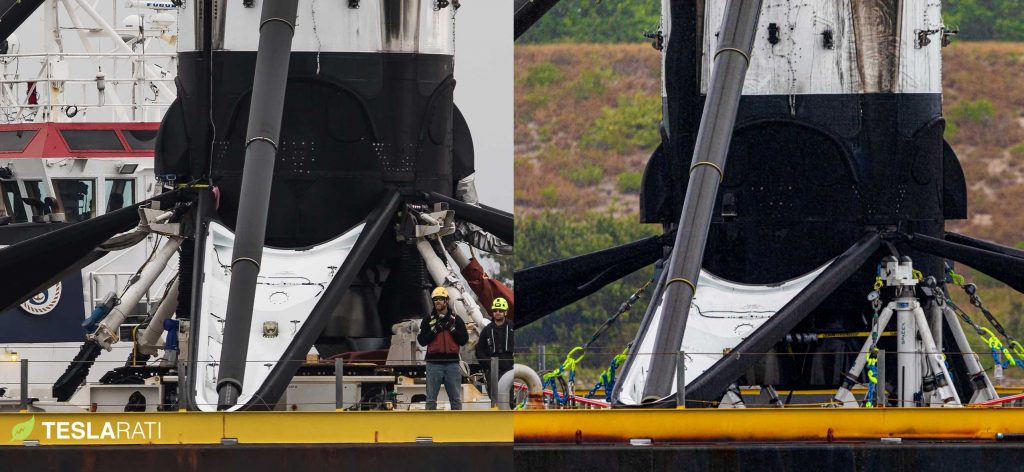
The crush core is situated in the very tip of the cylindrical leg booms and is easily visible above on the left, while it has nearly disappeared in the right (after) photo after an exceptionally hard landing used up what looks like 90+% of the booster’s safety margin. In other words, if B1051 had landed just a little harder after its third launch, it’s possible that the booster’s landing leg booms would have used up all their crush cores and been driven into the kerosene tank they attach to, potentially totaling the Falcon 9 first stage.
Instead, while clearly a rough landing, B1051 appears to have had its landing leg crush cores replaced and was made ready for another Starlink launch less than three months after that exceptionally hard landing. In other words, despite the rarity of similar hard landings over dozens of recent booster landings, SpaceX was apparently almost entirely unconcerned about the rocket’s state.
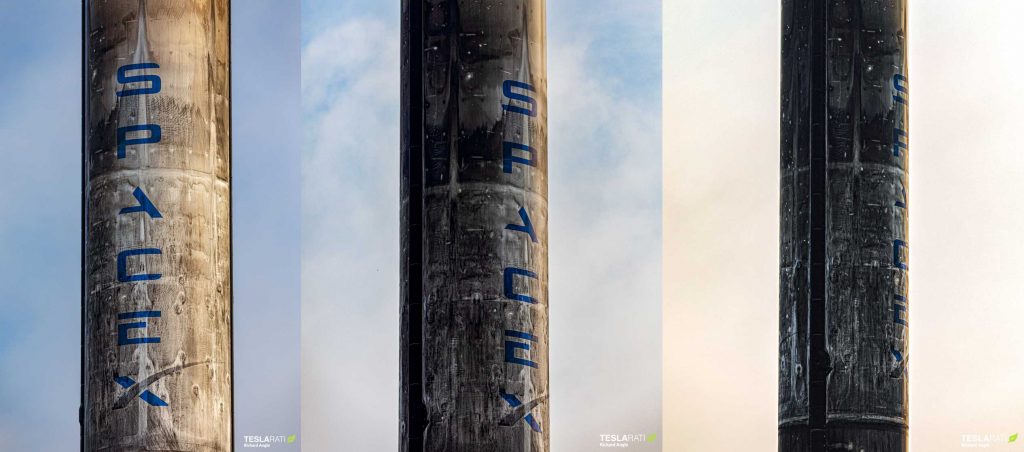
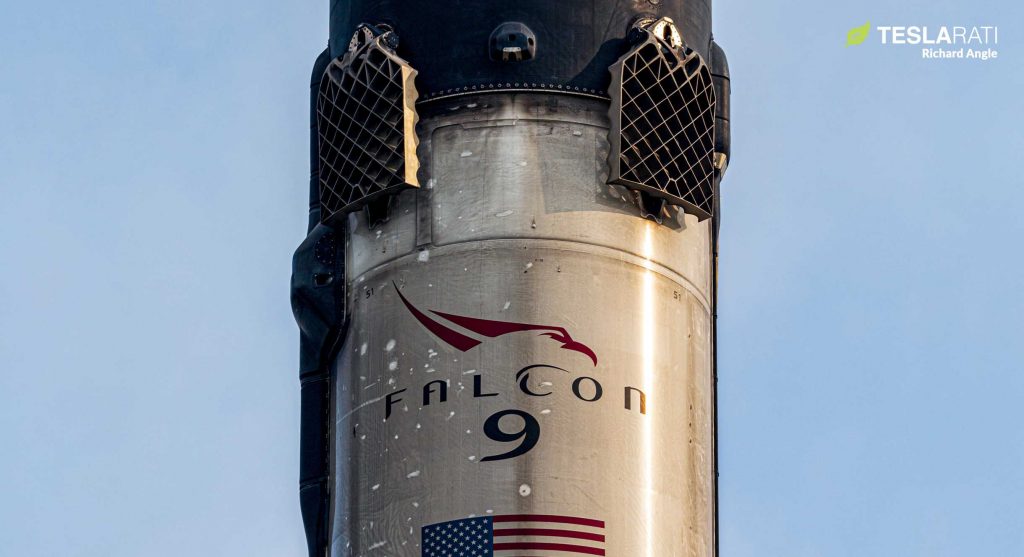
As usual, the company almost certainly checked the structural integrity of B1051’s major welds and landing leg hardware before certifying the vehicle for its fourth launch, but the fact that its reuse was so seemingly unexceptional is a testament to the sheer durability of SpaceX’s reusable rocket boosters. Thanks to the modularity of its design, B1051 should have no trouble performing at least several more orbital-class launches over the next several months (if not years). More likely than not, the Falcon 9 Block 5 rocket will fly again just two or so months from now on another Starlink mission, of which SpaceX has 20+ nominally scheduled this year alone.

Elon Musk
Elon Musk’s xAI gains first access to Saudi supercluster with 600k Nvidia GPUs
The facility will deploy roughly 600,000 Nvidia GPUs, making it one of the world’s most notable superclusters.
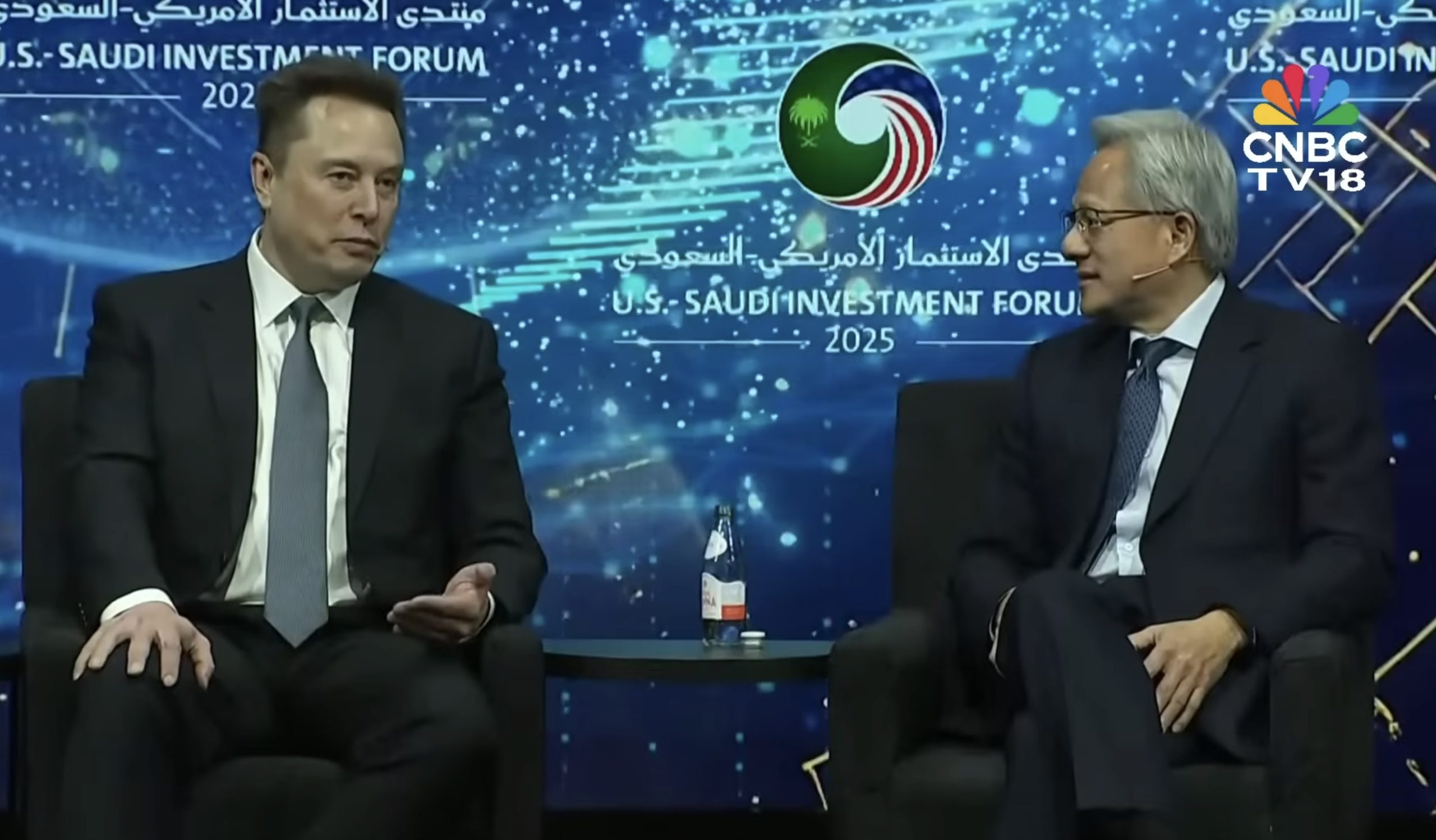
A Saudi-backed developer is moving forward with one of the world’s largest AI data centers, and Elon Musk’s xAI will be its first customer. The project, unveiled at the U.S.–Saudi Investment Forum in Washington, D.C., is being built by Humain, a company supported by Saudi Arabia’s Public Investment Fund.
The facility will deploy roughly 600,000 Nvidia GPUs, making it one of the world’s most notable superclusters.
xAI secures priority access
Nvidia CEO Jensen Huang stated that the planned data center marks a major leap not just for the region but for the global AI ecosystem as a whole. Huang joked about the sheer capacity of the build, emphasizing how unusual it is for a startup to receive infrastructure of such magnitude. The facility is designed to deliver 500 megawatts of Nvidia GPU power, placing it among the world’s largest AI-focused installations, as noted in a Benzinga report.
“We worked together to get this company started and off the ground and just got an incredible customer with Elon. Could you imagine a startup company, approximately $0 billion in revenues, now going to build a data center for Elon? 500 megawatts is gigantic. This company is off the charts right away,” Huang said.
Global Chipmakers Join Multi-Vendor Buildout To Enhance Compute Diversity
While Nvidia GPUs serve as the backbone of the first phase, Humain is preparing a diversified hardware stack. AMD will supply its Instinct MI450 accelerators, which could draw up to 1 gigawatt of power by 2030 as deployments ramp. Qualcomm will also contribute AI200 and AI250 data center processors, accounting for an additional 200 megawatts of compute capacity. Cisco will support the networking and infrastructure layer, helping knit the multi-chip architecture together.
Apart from confirming that xAI will be the upcoming supercluster’s first customer, Musk also joked about the rapid scaling needed to train increasingly large AI models. He joked that a theoretical expansion one thousand times larger of the upcoming supercluster “would be 8 bazillion, trillion dollars,” highlighting the playful exaggeration he often brings to discussions around extreme compute demand.
Elon Musk
Elon Musk debunks pay package and lip reader claims in double takedown
Musk’s quick debunks highlighted once more that X is an ideal platform for directly countering misinformation.
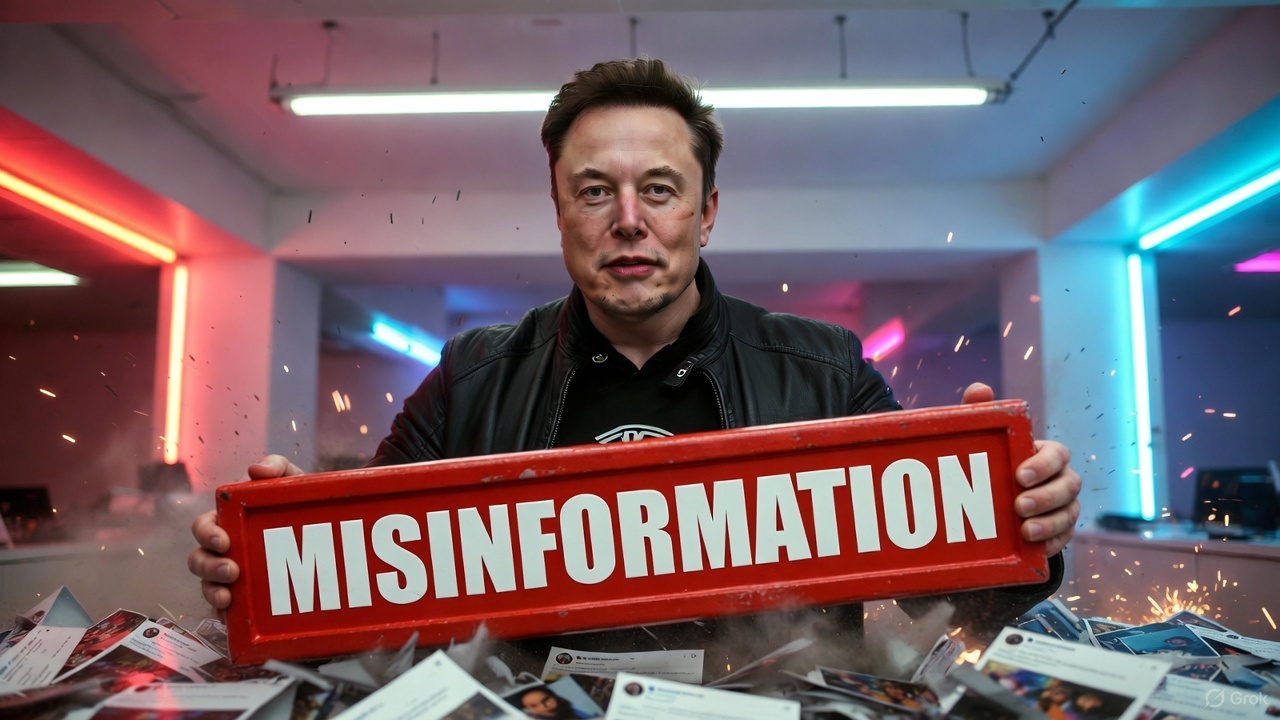
Elon Musk recently took to X to debunk some misinformation about his 2025 CEO performance award, as well as some comments he made during Donald Trump’s banquet in honor of Saudi Prince Mohammed bin Salman.
Musk’s quick debunks highlighted once more that X is an ideal platform for directly countering misinformation.
Musk’s pay package
Elon Musk’s 2025 CEO performance award was created as a path for him to gain a 25% stake in Tesla. It would also make him a trillionaire, provided that he manages to meet all of the performance award’s aggressive targets. This has not stopped critics from running with the apparent narrative that Musk will be getting the $1 trillion with utmost certainty, however.
This included the More Perfect Union account on X, which noted that “Elon Musk is set to make more than every U.S. elementary school teacher combined, according to the Washington Post.”
Musk responded to the pro-union amount’s post, highlighting that he has not earned any of his $2025 performance award so far. Musk also noted that those who believe he will be getting $1 trillion should invest in TSLA stock, as his compensation is tied to the company’s performance and growth. Investors who hold their TSLA until Musk achieves his full pay package would likely get notable returns.
Lip reader fail
Musk also debunked claims from the Daily Mail, which claimed that he made an “explosive” remark at Trump’s banquet for Saudi Prince Mohammed bin Salman. Citing observations from lip reader Nicola Hickling, the Mail claimed that Musk asked Pfizer CEO Albert Bourla, “What is your opinion, is he a terrorist?” The publication also posted a video of Musk allegedly making the risqué comment on X.
Musk proceeded to correct the publication, stating that the lip reader’s observations were fake. Instead of asking the Pfizer CEO if the Saudi Prince was a terrorist, Musk noted that he was asking the executive about cancer medicine. “False, I was asking about upcoming cancer drugs,” Musk wrote in a response on X.
Musk’s comments resulted in numerous critical responses to the Mail’s video, with some X users joking that the lip reader who analyzed the clip should probably get a visual acuity test, or a better training course on lip reading at least.
News
Tesla Diner to transition to full-service restaurant as Chef heads for new venture
“I am leaving the Tesla Diner project to focus on the opening of Mish, my long-desired Jewish deli. Projects like Mish and the Tesla Diner require a sharpness of focus and attention, and my focus and attention is now squarely on Mish.”
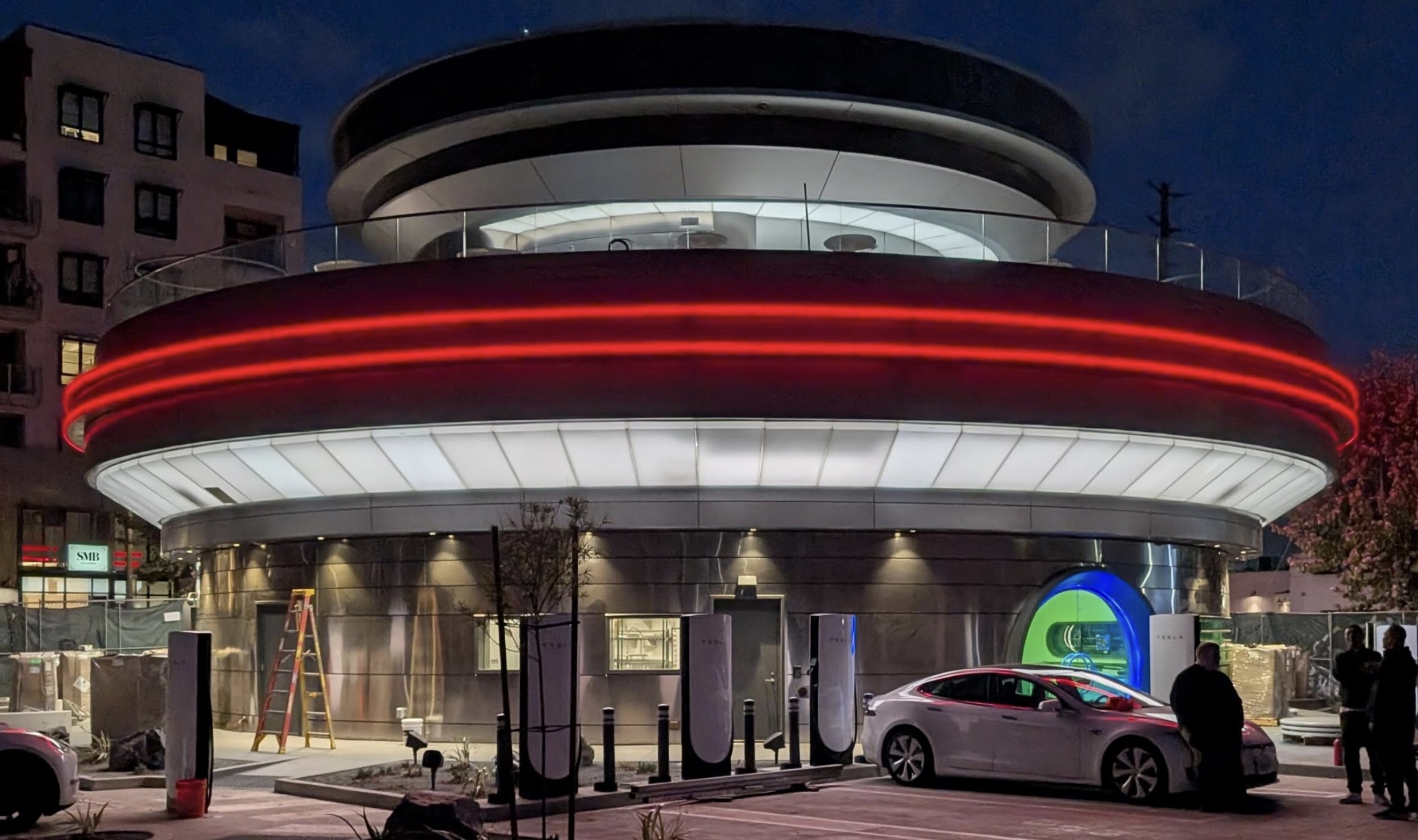
Tesla Diner, the all-in-one Supercharging and dining experience located in Los Angeles, will transition to a full-service restaurant in January, staff said, as Chef Eric Greenspan said he would take on a new project.
A report from the Los Angeles Times says Greenspan confirmed through a text that he would leave the Diner and focus on the opening of his new Jewish deli, Mish.
Greenspan confirmed to the paper:
“I am leaving the Tesla Diner project to focus on the opening of Mish, my long-desired Jewish deli. Projects like Mish and the Tesla Diner require a sharpness of focus and attention, and my focus and attention is now squarely on Mish.”
Greenspan took on the job at the Tesla Diner and curated the menu back in March, focusing on locally-sourced ingredients and items that would play on various company products, like Cybertruck-shaped boxes that hold burgers.
Tesla Cybertruck leftovers are the main course at the Supercharger Diner
The Tesla Diner has operated as somewhat of a self-serve establishment, where Tesla owners can order directly from their vehicles through the center touchscreen. It was not exclusive to Tesla owners. Guests could also enter and order at a counter, and pick up their food, before sitting at a booth or table.
However, the report indicates Tesla is planning to push it toward a sit-down restaurant, full of waiters, waitresses, and servers, all of which will come to a table after you are seated, take your order, and serve your food.
It will be more of a full-featured restaurant experience moving forward, which is an interesting move from the company, but it also sounds as if it could be testing for an expansion.
We know that Tesla is already considering expanding locations, as it will be heading to new areas of the country. CEO Elon Musk has said that Tesla will be considering locations in Palo Alto near the company’s Engineering HQ, and in Austin, where its HQ and Gigafactory Texas are located.
Musk said that the Diner has been very successful in its first few months of operation.








